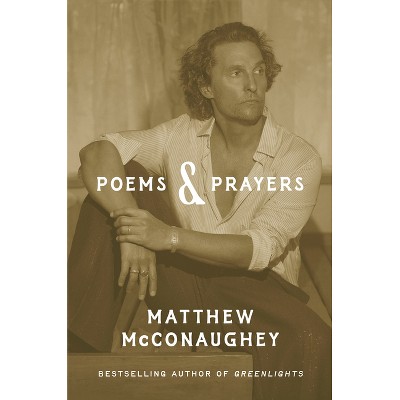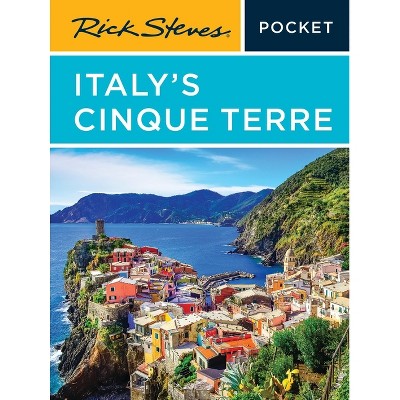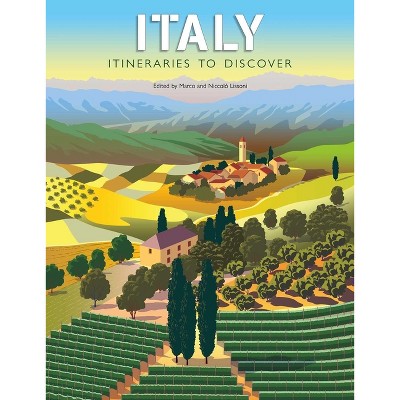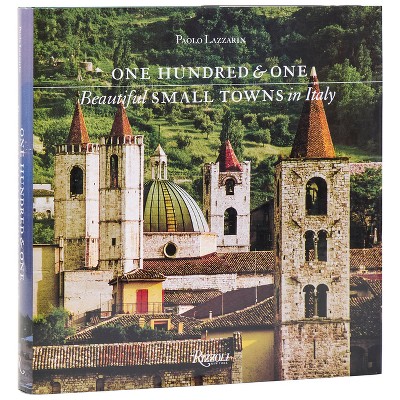Sponsored

The Shakespeare Guide to Italy - by Richard Paul Roe (Paperback)
In Stock
Sponsored
About this item
Highlights
- "Exciting, original, and convincing. . . .
- Author(s): Richard Paul Roe
- 336 Pages
- Travel, Europe
Description
About the Book
Equal parts literary detective story and vivid travelogue, TheShakespeare Guide to Italy chronicles author Richard Paul Roe sthirty-year quest to find the locations in which Shakespeare set his tenItalian plays delivering a text which will forever change our understanding ofhow to read the Bard of Avon and irrevocably alter our vision of who WilliamShakespeare really was. More than 150 full-color images illustrate and enhanceRoe s captivating narrative, illuminating his lifelong journey and shining alight into the depths of Shakespeare s experiences in Italy. Until now, Shakespeare s use of Italian backdrops Romeo and Juliet s Verona, Othello sVenice, Much Ado About Nothing s Messina, to name a few has been thesource of controversy and conjecture. With The Shakespeare Guide to Italy, Roe s meticulous study reveals the secrets that have eluded scholars forcenturies."Book Synopsis
"Exciting, original, and convincing. . . . This book is essential reading for all concerned with who really wrote the works of Shakespeare. A thrilling journey of discovery." --Sir Derek Jacobi, Shakespearean actor, Associate Artist, Royal Shakespeare Company
Equal parts literary detective story and vivid travelogue, The Shakespeare Guide to Italy chronicles author Richard Paul Roe's thirty-year quest to find the locations in which Shakespeare set his ten Italian plays--delivering a text which will forever change our understanding of how to read the Bard of Avon and irrevocably alter our vision of who William Shakespeare really was.
More than 150 images illustrate and enhance Roe's captivating narrative, illuminating his lifelong journey and shining a light into the depths of Shakespeare's experiences in Italy. Until now, Shakespeare's use of Italian backdrops--Romeo and Juliet's Verona, Othello's Venice, Much Ado About Nothing's Messina, to name a few--has been the source of controversy and conjecture. With The Shakespeare Guide to Italy, Roe's meticulous study reveals the secrets that have eluded scholars for centuries.
From the Back Cover
Richard Paul Roe spent more than twenty years traveling the length and breadth of Italy on a literary quest of unparalleled significance.
Using the text from Shakespeare's ten "Italian Plays" as his only compass, Roe determined the exact locations of nearly every scene in Romeo and Juliet, The Two Gentlemen of Verona, The Merchant of Venice, Much Ado about Nothing, The Tempest, and the remaining dramas set in Italy. His chronicle of travel, analysis, and discovery paints with unprecedented clarity a picture of what the Bard must have experienced before penning his plays.
Equal parts literary detective story and vivid travelogue--containing copious annotations and more than 150 maps, photographs, and paintings--The Shakespeare Guide to Italy is a unique, compelling, and deeply provocative journey that will forever change our understanding of how to read the Bard . . . and irrevocably alter our vision of who William Shakespeare really was.
Review Quotes
"A fascinating look at a largely untouched aspect of Shakespeare's identity and influences. Recommended for Shakespeare enthusiasts and scholars as well as travelers looking for a new perspective, this is also particularly intriguing as a companion to specific plays." -- Library Journal (starred review)
"An exceptionally entertaining, enlightening, and handsome companion for a thrillingly literate Italian sojourn." -- Booklist
"Exciting, original, and convincing. . . . This book is essential reading for all concerned with who really wrote the works of Shakespeare. A thrilling journey of discovery." -- Sir Derek Jacobi, Shakespearean actor, Associate Artist, Royal Shakespeare Company
"This is a revolutionary and revelatory book, part thrilling detective story and part sober scholarly treatise." -- Michael York, Shakespearean actor of stage and screen and co-author of A Shakespearean Actor Prepares
"This represents a hugely significant intervention in the study of Shakespeare and his dramatic works." -- Dr. William Leahy, Head of the School of Arts, Shakespeare Authorship Studies, Brunel University












